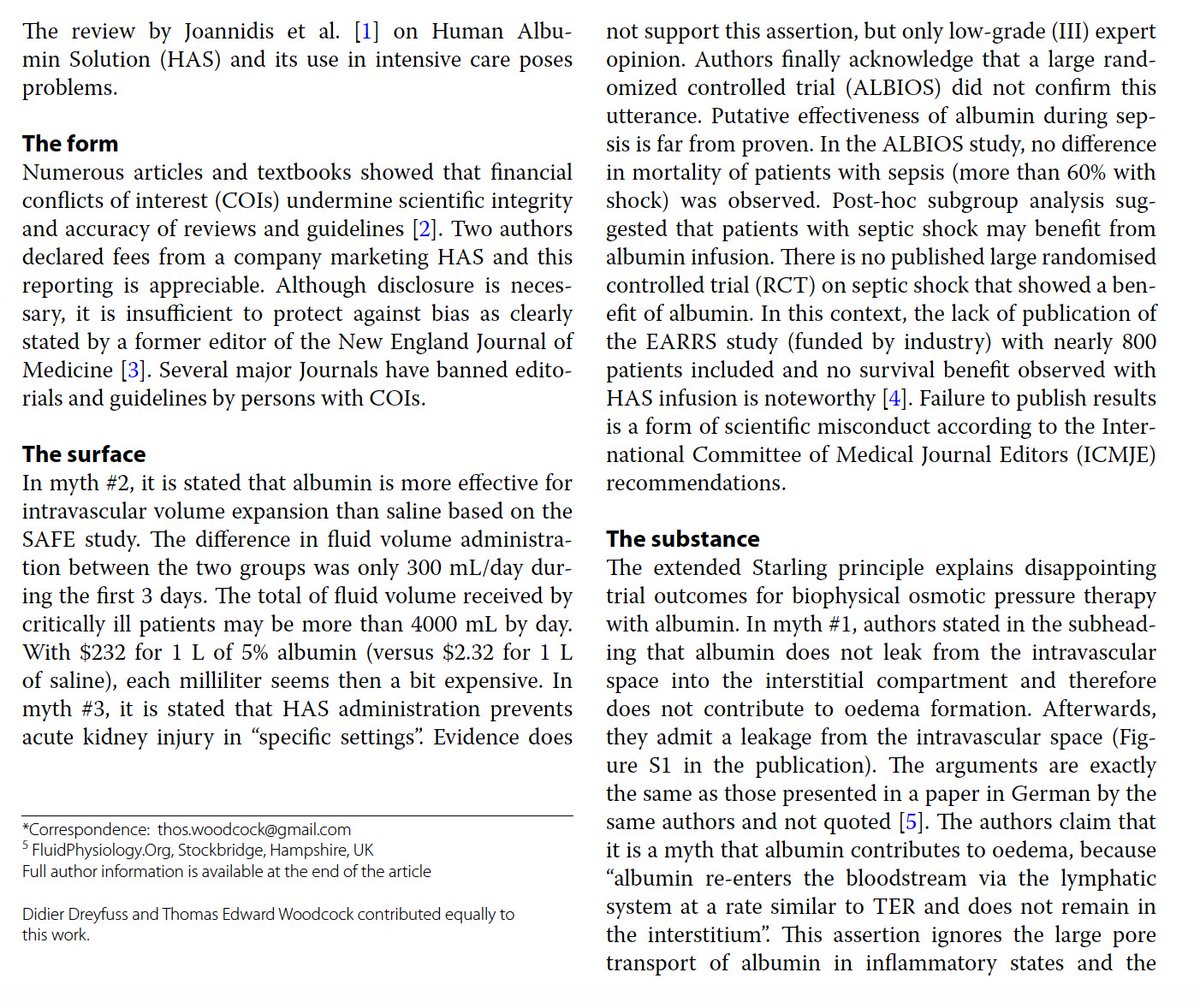ICU stories: Pt w "severe COPD" (ex-smoker; FEV1 30%) / chronic hypoxic-hypercapnic resp failure on 2-4 l/m O2 @ home / diastolic HF / HTN / HLD was brought to the ED due to "altered mental status" & "shortness of breath". S/he left the hospital 3-4 months ago after an episode
of "COPD exacerbation" (the 4th during the last 12 months). In the ED: sat in low 80s & after a brief non-rebreather mask trial, pt was placed on NIV. ABGs: PCO2>100 (above detection limit), pH 7.14, HCO3 undetectable. Pt suffered 2 grand mal seizures, & after receiving
lorazepam & 2l NS, s/he was intubated (roc+keta) & rushed to the ICU. Per ED: ECG w sinus tach & CXR "COPD lungs" & R basilar infiltrate. Labs: WBC 14K, creat 2.0 (baseline 1.4). You examine the pt quickly: sedated-?paralyzed/decr BS & wheezing bil/trace ext edema/skin not cold
You go to the office to check the chart @ records from previous admissions & 2 min later the nurse finds you because the BP had dropped to 73/48 & she had to stop the propofol drip. Next move?
BP dips post-intubation are not uncommon. Stopping sedation in a paralyzed patient sounds a bad idea. Fentanyl/ketamine drips: decent thoughts but may take at least 5-10 min to come from pharmacy. The nurse is asking you what pressor to start since u decided to keep the propofol
OK, ideally I would like to take a look w POCUS first but a colleague had borrowed the US for a thoracentesis. 🤷♂️Patient had HR 110, skin felt the same, no mottling. Do you have any preference for pressors? Note: there is no central line or art line either to guide your decision
Ultrasound device was not available but I could take a look at the ventilator screen. Patient was on acv 420 ml (IBW: 68 kg), rr 22, peep 6, 50%.
Next move?
We checked autoPEEP and Pplateau. They were "high". Autopeep was 14 and Ppl was 35. Here 👇 we are saving the clips a few min later and this is not my hand...
How was the autoPEEP missed in the first screen above? It was not. Actually, if someone isolates the flow-time scalar (rc.rcjournal.com/content/65/6/7…) and changes the scale, the presence of autopeep becomes obvious...
So, autoPEEP was the likely cause of post-intubation hypotension. How would we address it with changes in the ventilator settings?
Patient was disconnected from the ventilator briefly for the lungs to be deflated and the set RR was dropped. It took 8 breaths per min to give time to the lungs to fully empty (at least on the vent screen!):
In less than 5 min, Ppl and autoPEEP improved significantly and BP normalized without fluids or pressors... 



Arterial blood gases improved. Actually w FEWER BREATHS (15 vs 22) the CO2 dropped because there was obviously less air trapping. Common scenario is to increase RR in someone w autoPEEP in order to ⬇️ PCO2 but if air trapping gets worse, PCO2 may in fact ⬆️ 

Please check again the ABGs at 17:50. Next move in the ventilator settings?
These are also ABGs from last year (start from the bottom). Almost always in the red zone... Patient likely lives w a PCO2 in the 60s. If we normalized it & the compensatory HCO3 ⬆️ disappeared, then post-extubation w the CO2 rising again, the pH would ⬇️... We let the PCO2 rise. 

Vent settings / ABGs / hemodynamics: under control! Patient had received ceftriaxone + azithro in the ED for "COPD exacerbation" +/- pneumonia. Thoughts?
One could argue that in a patient w severe COPD and risk factors (FEV1 <35%, frequent exacerbations + admissions etc), we need anti-pseudomonal coverage (sorry, I don't remember where I saved this table from...) 

Take-home messages:
1. We should have low-threshold checking for auto-PEEP, especially in hypotensive patients w severe COPD in the post-intubation phase.
1. We should have low-threshold checking for auto-PEEP, especially in hypotensive patients w severe COPD in the post-intubation phase.

2. Correcting auto-PEEP is an important hemodynamic maneuver. Not every hypotensive episode needs fluids and/or pressors
3. Checking the ventilator’s screen for auto-PEEP is quite simple. Being able to click the right buttons on the ventilator in order to
3. Checking the ventilator’s screen for auto-PEEP is quite simple. Being able to click the right buttons on the ventilator in order to
measure the auto-PEEP & the plateau pressure is a vital “micro-skill” for every intensivist
4. Awareness with paralysis is a frequent and unacceptable complication post-intubation. Stopping the sedation in a paralyzed/sedated patient should be a “no event”
Thanks for reading!
4. Awareness with paralysis is a frequent and unacceptable complication post-intubation. Stopping the sedation in a paralyzed/sedated patient should be a “no event”
Thanks for reading!
PS1: Yes, all cases are real
PS2: If I find time, I will post the follow-up
#FOAMed #FOAMcc #MedTwitter #MedEd #EMBound #MedStudentTwitter
PS2: If I find time, I will post the follow-up
#FOAMed #FOAMcc #MedTwitter #MedEd #EMBound #MedStudentTwitter
• • •
Missing some Tweet in this thread? You can try to
force a refresh

 Read on Twitter
Read on Twitter




















